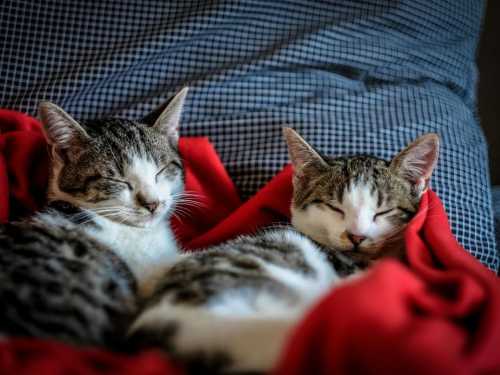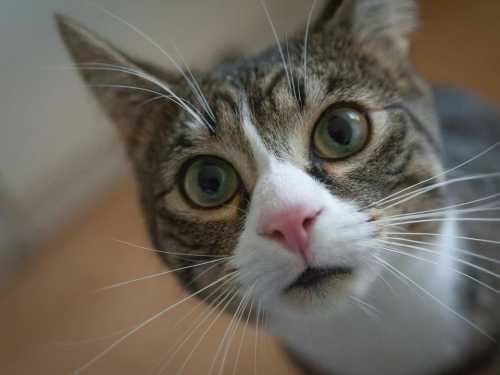
Today I have collected a small selection of the most interesting of them.
Long life with a cat
Many have heard that having a cat in the house reduces the risk of heart attack by one third, all thanks to the calming and therapeutic effects of a pet. After all, nothing is as relaxing as stroking a purring friend.
Researchers from the University of Minnesota conducted a study and confirmed this fact.
Interesting ears
Cats have 32 muscles to control ear movement, compared to humans who only have 6. This allows them to listen directionally without turning their heads like a real hunter. Each ear can move independently of the other, turning your furry friend into a living locator.
Built-in radar: mustache
A cat's whiskers (vibrissae) are not just a decoration, but a highly sensitive organ of touch. They are so sensitive that they detect even the slightest changes in air currents, helping the cat navigate in the dark, estimate the distance to objects, and even determine whether it can fit through a narrow opening. That's why you should never trim a cat's whiskers – it's like depriving a person of sight or hearing.
They can't see right in front of their noses.
In addition to their legendary cunning and eyesight, cats can easily make you laugh thanks to one strange feature: they can't see what's right in front of them. Yes, cats won't miss the slightest movement in the dark, but they can miss treats placed under their noses, all because of the shape of their heads and the position of their eyes. That's why they need sensitive whiskers and a sense of smell to find what's right in front of them.
“Meow” is a language for humans
Did you know that adult cats rarely meow to each other? Hissing, growling, purring, yes, but the “meow” in their arsenal is mainly intended for communicating with us, humans. Kittens meow to get their mother’s attention, and cats seem to have figured out that this “baby” sound works great for their two-legged guardians too. So when your cat looks at you and says “meow,” he’s talking to you.
Therapeutic purring
Purring isn’t just a sign of contentment. Scientists have found that the frequency of a cat’s purr (between 25 and 150 Hz) matches the frequencies used in therapy to speed up bone healing, relieve pain, and reduce swelling. It’s thought that cats may purr to soothe themselves in stressful situations or even for self-healing. So when your cat purrs on your lap, it’s not just healing your soul, but perhaps its body as well.
They don't taste sweet.
A cat's taste buds are quite an interesting thing, because cats don't taste sweet at all; they don't have taste buds responsible for recognizing sugar.
However, there is no reason to be sad about this, cats are carnivores and they don't actually need sugar in their diet.
Picky eaters
Cats are very picky when it comes to food, as pet owners probably know very well. However, it's not just about their preferences, but also about their body's needs.
A cat has a great sense of what food consists of and always chooses the one that meets its needs at the moment.
Studies show that furry pets choose food with the right ratio of protein to fat (1:0.4), as funny as it may sound.
Cat's nose
A cat's nose is completely unique.
In fact, it can be compared to a human fingerprint because each furry friend has a unique pattern in terms of texture, slope, height of nostrils, and also septa.





